Influencer marketing has exploded in popularity in recent years. Over 90% of marketers now use influencer marketing strategies, and the industry is on track to be worth $15 billion by 2022.
As more brands turn to influencers to promote their products, measuring the impact and ROI of these campaigns is important. This is where influencer analytics tools come in. The right analytics can help identify your best-performing influencers, optimize your costs, uncover actionable insights, and prove the true value of your influencer strategy. In this post, we’ll explore the top 11 influencer analytics platforms in 2023.
The 11 Best Influencer Analytics Tools for 2023
Here are some of the best influencer analytics tools and their key features which will help your brands track and amplify their influencer marketing success.
1. Upfluence

Upfluence is an all-in-one platform for influencer discovery, relationship management, campaigns, and in-depth analytics. Its analytics dashboard cleanly displays campaign performance data, tracks engagement rates, measures content quality, and calculates the true ROI of your influencer efforts. Useful features include fraud detection, demographic reporting, partnership validation, and expert analytics consultation.
Pros
- All-in-one platform for discovery, management, and campaigns
- In-depth analytics dashboard and ROI tracking
- Fraud detection and partnership validation
Cons
- Can be pricier than more specialised tools
- Steeper learning curve with all features
2. Julius
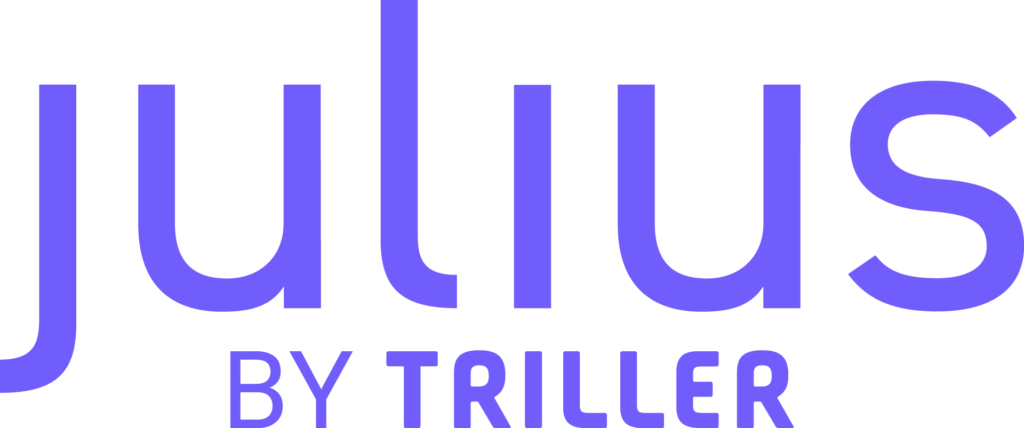
Julius takes the guesswork out of YouTube and Instagram analytics. The easy-to-use dashboard Digs deeply into audience demographics, engagement metrics, and campaign performance. You’ll get actionable data to optimize your influencer spending and make smarter decisions about your top partners. Julius also auto-generates personalized influencer reports to share with your team.
Pros
- Easy-to-use YouTube and Instagram analytics
- Detailed audience demographics
- Auto-generates influencer reports
Cons
- Focused specifically on Instagram and YouTube
Reach365

When it comes to influencer marketing, Reach365 stands out as one of the premier platforms for brands looking to expand their visibility and resonate with targeted audiences. By facilitating impactful collaborations between influencers and brands, Reach365 empowers businesses to craft campaigns that authentically captivate consumer interest. Their expertise spans strategic social media promotions, scaling up enterprises through influencer partnerships, targeted product promotions, end-to-end campaign management, and compelling content creation. Partnering with Reach365 opens up a world of opportunity for brands seeking to boost their presence across social media.
3. SocialBook

Measuring return on investment is a core strength of SocialBook. Its ROI Tracking dashboard connects influencer content straight to your website traffic, leads, and sales data. You can then calculate your revenue return for both individual posts and entire campaigns. Top features include Instagram analytics, demographic insights, engagement metrics, and competitive benchmarking.
Pros
- Tracks ROI by connecting influencers to sales data
- Calculates revenue return on campaigns
- Benchmarks performance
Cons
- More manual setup of sales tracking required
4. UpViral
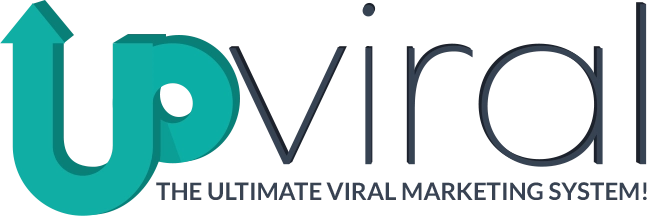
UpViral helps identify the fastest-growing influencers on Instagram, TikTok, YouTube, and Twitter right now. Filter by audience size, engagement metrics, interests, and growth potential to discover rising talent before your competitors do. Useful analytics tools help compare influencer profiles, track campaign performance via custom dashboards, and generate detailed campaign reports.
Pros
- Identifies fastest-growing influencers
- Compares profiles side-by-side
- Tracks campaign performance
Cons
- Limited to Instagram, TikTok, YouTube and Twitter
5. Hypr
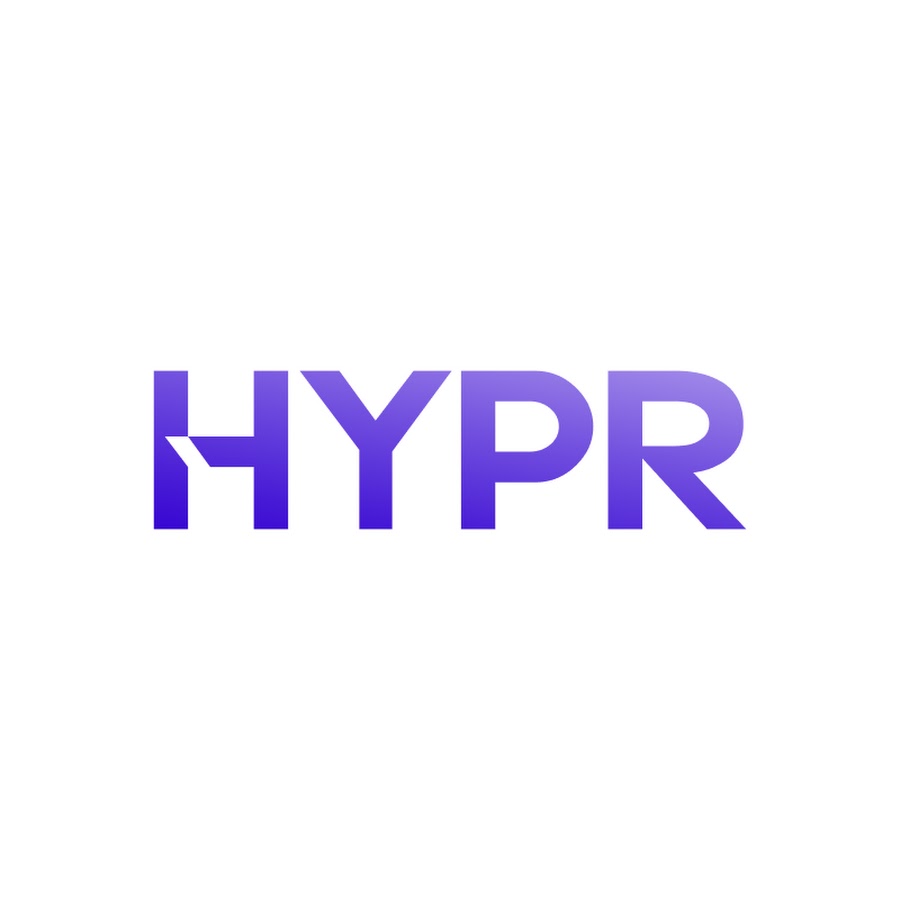
Hypr takes an advanced approach to identifying the influencers with the most commercial value to your brand. Its proprietary algorithm calculates an influencer’s ‘Hypr Score’ according to audience quality, relevancy, and brand safety. You can then monitor engagement rates, measure content performance, and benchmark influencers using its in-depth analytics.
Pros
- Quantifies influencer value with proprietary scoring
- Monitors engagement rates
- Benchmarks performance
Cons
- Doesn’t provide actual sales impact data
6. Grin

Grin makes influencer discovery fast and easy with its AI-driven search function, while still providing detailed analytics on audience quality and campaign performance. A unique ‘rate of recommendation’ metric helps you identify influencers generating a high volume of brand mentions, reviews, and referrals. You can also access data-rich campaign recaps analyzing engagement levels post-by-post.
Pros
- Uses AI for influencer discovery
- Calculates “rate of recommendation”
- Detailed campaign recaps
Cons
- Light on eCommerce integration
7. Fourstarzz Media
Fourstarzz Media focuses specifically on TikTok analytics and campaign reporting. It’s now the go-to influencer analytics tool for many top brands investing heavily in TikTok. Useful metrics provided include engagement rates, video completion rates, traffic sources, audience geography, hashtag performance, and more. These insights help optimize your spending to achieve the lowest TikTok CPV.
Pros
- Specialized in TikTok analytics
- Metrics like completion rates, geography
Cons
- TikTok only, no Instagram analytics
8. HypeAuditor

HypeAuditor analyses 1.5 billion Instagram profiles to identify fraudulent influencers and help you partner with genuine accounts. Its AI-powered Instagram analytics provide deep audience insights – follower authenticity, audience interests, engagement levels, reach by country, gender metrics, and much more. All are presented on an intuitive dashboard alongside campaign performance tracking.
Pros
- Detects fake engagements and followers
- Audience demographics and interests
Cons
- Instagram focused, lacks TikTok analytics
9. Iconosquare

Iconosquare connects directly to your Instagram and TikTok to provide detailed analytics on your owned accounts and the influencers you work with. Core metrics include engagement rates, audience demographics, follower growth trends, hashtag performance, and competitor benchmarking. The tool also auto-generates recap reports for your influencer campaigns.
Pros
- Connects directly to owned Instagram and TikTok accounts
- Benchmarking capabilities
Cons
- Lacks influencer management features
10. Inzpire.me

Inzpire.me combines an influencer marketplace matching brands with content creators in one seamless platform. Once campaigns launch, it provides multi-channel performance tracking analyzing content engagement, clicks, conversions, watch time, and audience demographics. These insights help assess the true ROI of each influencer partnership.
Pros
- Combined influencer marketplace and analytics
- Multi-channel tracking available
Cons
- Smaller influencer network than some platforms
11. Traackr
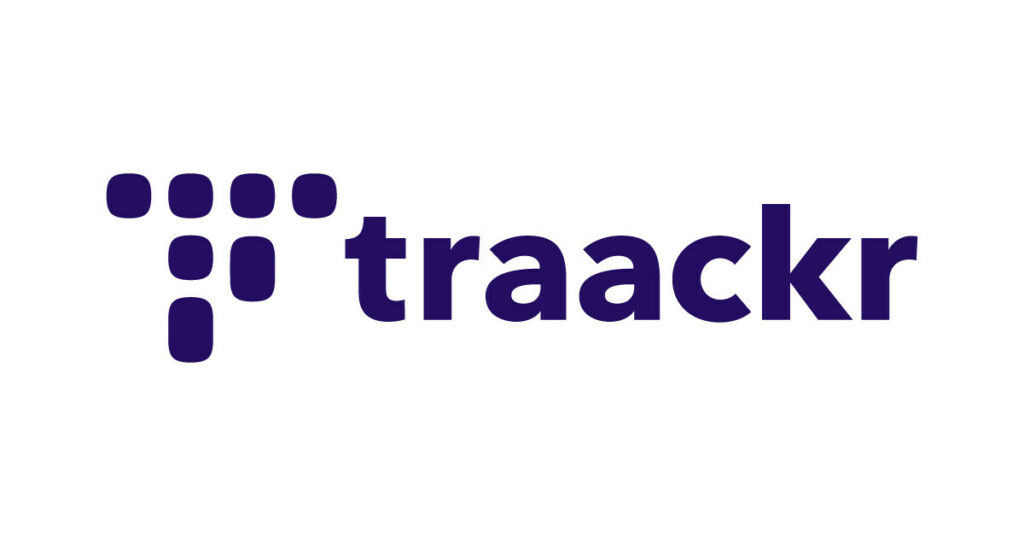
Traackr aggregates influencer conversations across the web to uncover their follower demographics, online authority, typical engagement levels, and brand compatibility – all in one searchable influencer database. Performance analytics tools then track campaign reach, engagement metrics, and audience demographics post-campaign. This 360-data helps fuel smarter influencer decisions.
Pros
- Aggregates influencer conversations web-wide
- 360-data approach
Cons
- Manual influencer discovery process
Why Influencer Analytics Tools are Important?
In today’s landscape of digital marketing, influencer analytics have become indispensable for brands aiming to optimize their influencer marketing campaigns. With the plethora of influencer marketing tools available, selecting the right platform depends on aligning features with specific needs.
These tools offer diverse functionalities tailored to various aspects of influencer marketing. Whether it’s influencer search, campaign management, or audience analysis, prioritizing essential features is crucial for effective decision-making.
As you evaluate these platforms, consider whether you require capabilities such as influencer identification, audience engagement metrics, or competitor analysis. Understanding your target audience and assessing influencers’ relevance through metrics like follower count, audience quality score, and engagement rates is vital for successful influencer outreach.
Influencer marketing platforms equipped with social listening capabilities enable brands to monitor conversations and trends, facilitating informed decision-making and real-time engagement opportunities. Moreover, identifying potential influencers with genuine followers and authentic engagement helps mitigate risks associated with fake followers and ensures campaign authenticity.
Social media platforms like Instagram and TikTok dominate, and influencer marketing tools with integrated mobile apps and social media management features offer added convenience for marketers and team members alike. Additionally, platforms offering free trials or free versions enable brands to explore functionalities before committing to a subscription.
Conclusion
As influencer marketing continues to evolve, leveraging the right influencer marketing tools becomes imperative for maximizing campaign impact and achieving marketing objectives. For brands seeking comprehensive influencer analysis, tools offering performance metrics, top posts analysis, and audience insights are indispensable. These insights not only enhance campaign effectiveness but also contribute to brand awareness and audience engagement.
By harnessing the power of data-driven insights and selecting the best influencer marketing platform for your needs, brands can stay ahead in today’s competitive landscape and drive tangible results in 2023 and beyond.


